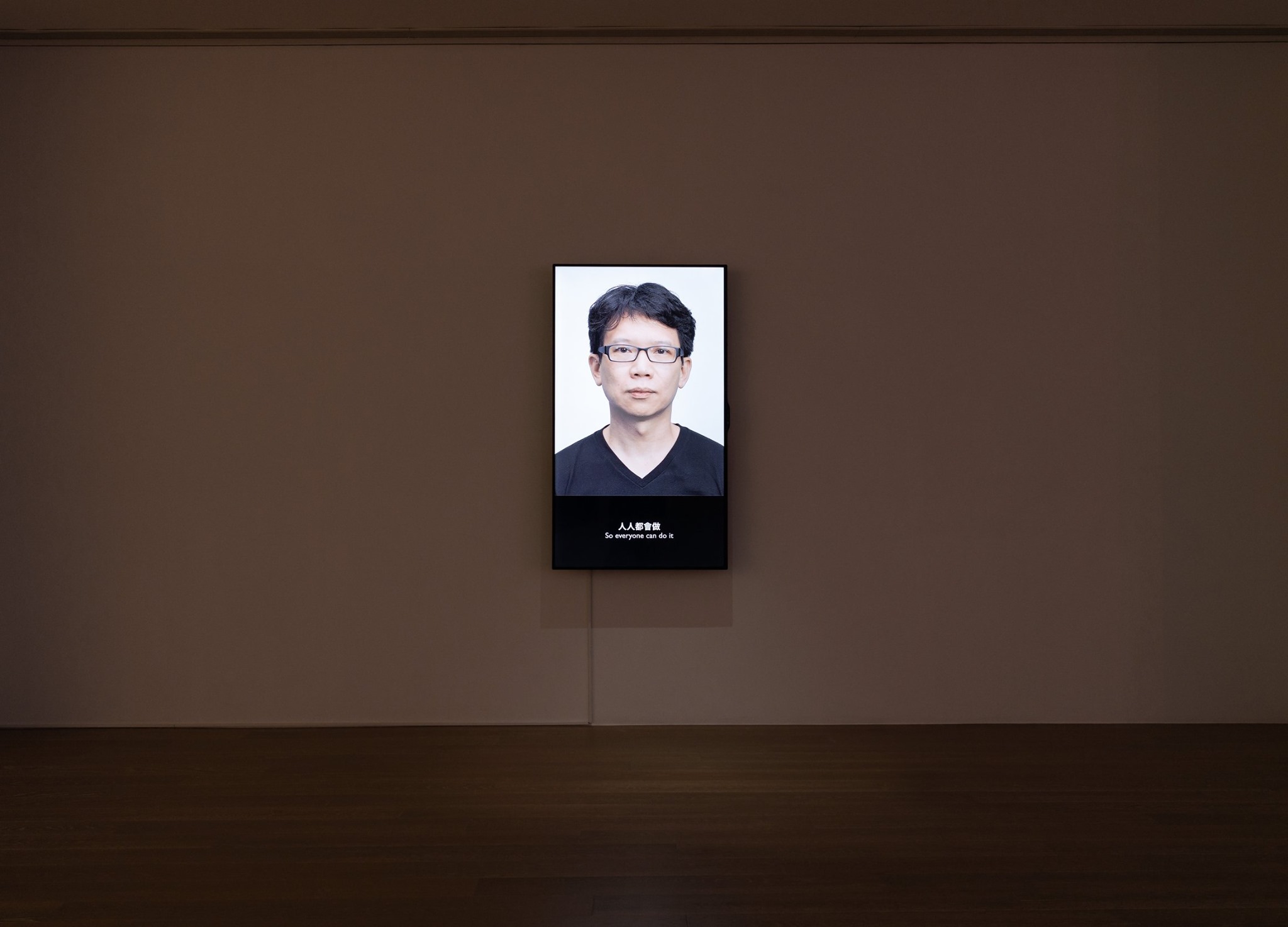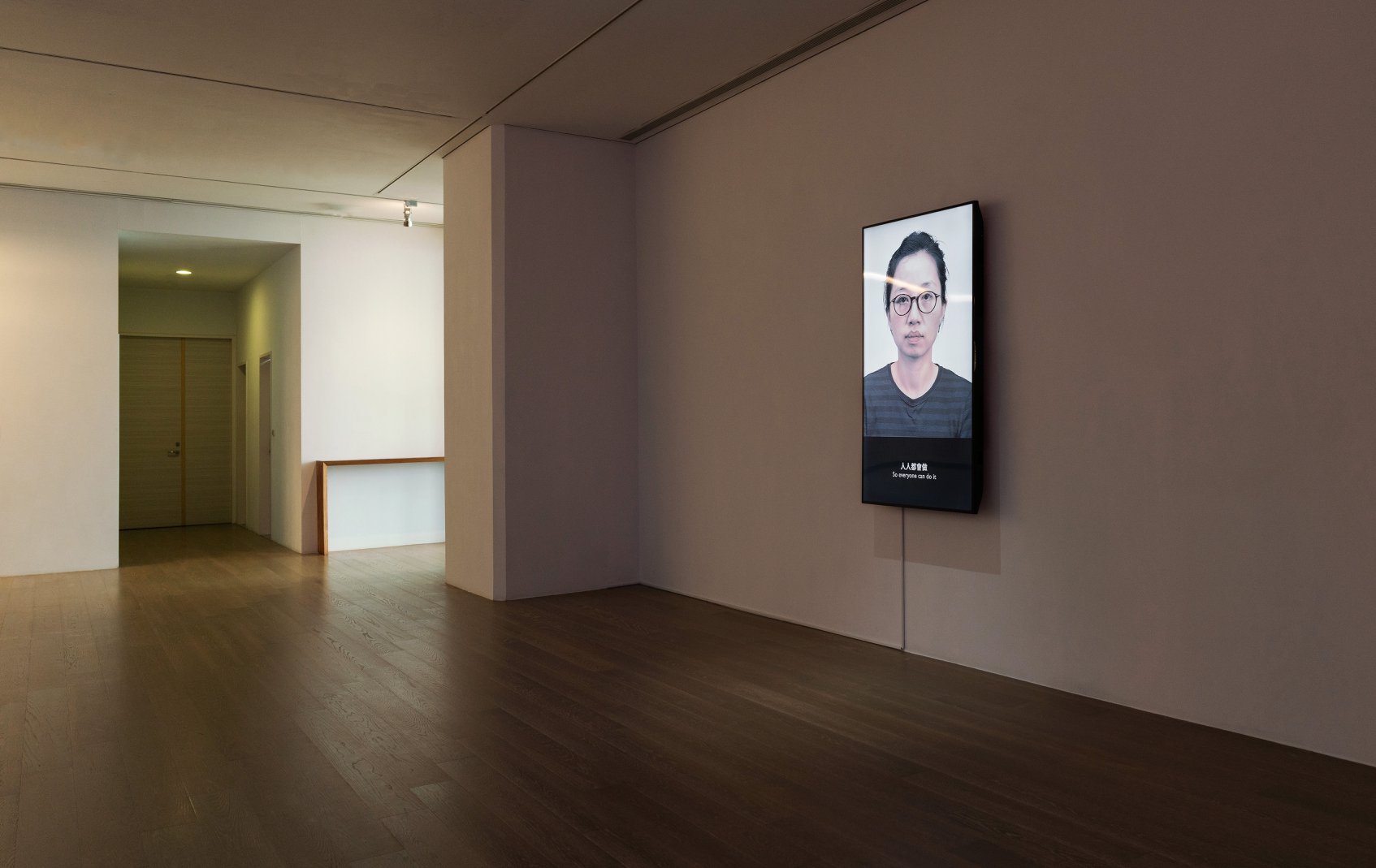This Is Very Simple So Everyone Can Do It
"It is simple to put a pile of fat by the wall. Beuys did it. Everyone can repeat it." ——Eric WATIER
The more complicated the working process of an artwork, the better? The French artist Eric Watier has exposed the myth of “judging an artwork by its technical complexity” in his art book, Plus c’est facile, plus c’est beau. The author used simple words and repetitive syntax to write down in the history of modern and contemporary art the 89 artworks produced with easy working process. Chun-Yi Chang’s This Is Very Simple So I Can Do It revises the syntax in Watier’s art book to describe the artworks by various Taiwanese contemporary artists born in the 70s and 80s, including Ya-Hui Wang, Joyce Ho, Yu-Cheng Chou, Ming-Hsueh Lee, Kuang-Yu Tsui, Wan-Jen Chen and Chi-Sheng Lai. She invites these artists to follow the scenario by citing the artworks of each other with the words, “This is very simple so I can do it”: a reverse strategy to bring into contemplation on “a seemingly simple artwork with a concept not necessarily so.” In the video, the dynamic images as ID photo resemble to the RPG game interface not officially activated and the artists are thus conditioned in a transition state of “being paradoxically themselves and yet not fully the others.” They repeat the co-referential sentences in a circular space as if an arena of creation contest were constructed. Do the character rotation and the artwork’s shift of reference delineate one of the contours of art-creating form in our times? Or, do the clamorous, diverging discourses implicitly destabilize the inseparable interdependence between author and work?




